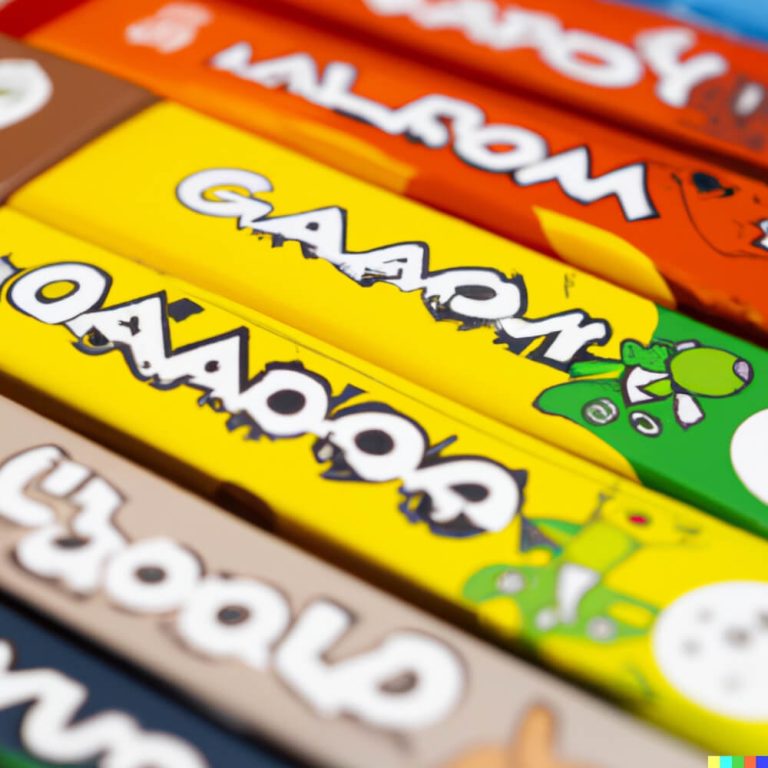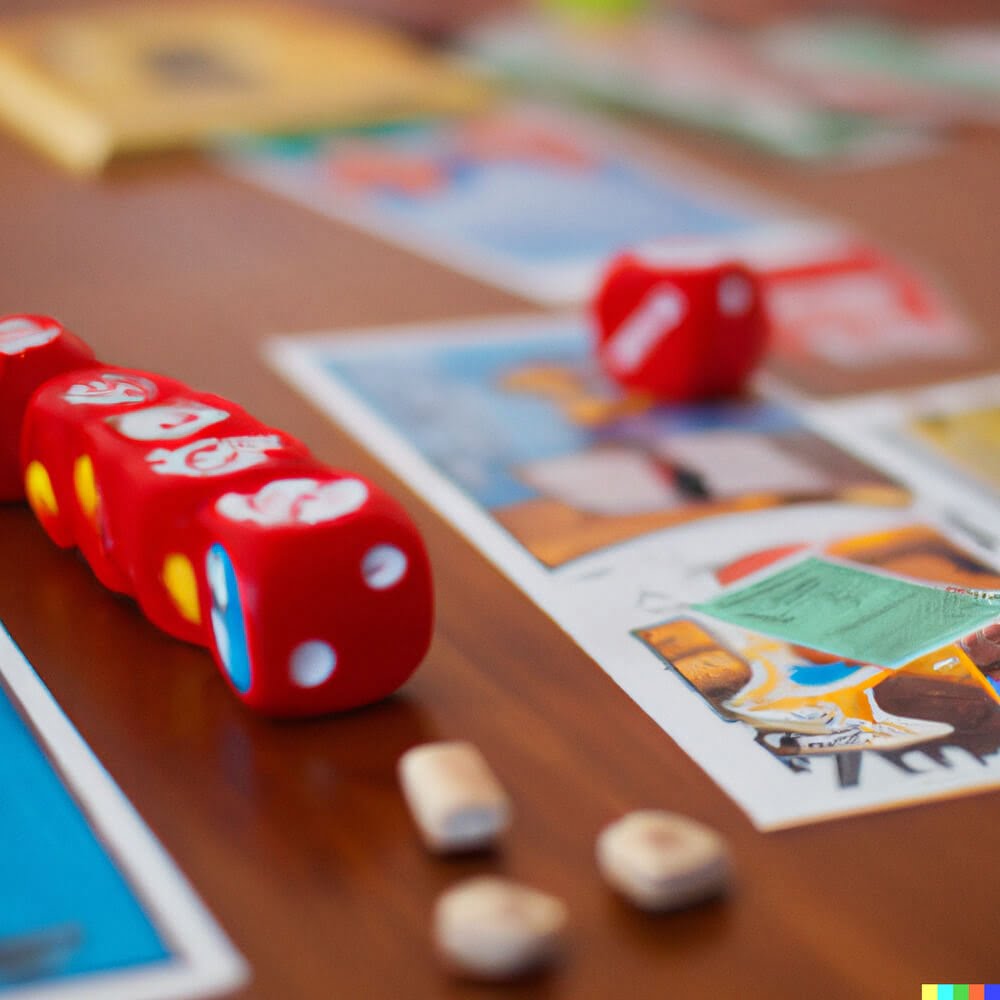Introduction
Creating board games can be a great way to encourage play amongst children, friends, and family. With a little imagination and dedication, your game can be an enjoyable and unique experience for everyone involved. Here are some helpful ideas to help get the creative juices flowing when starting a new project or coming up with concepts for your game.
First, think of a theme for the game that creates an environment or scenario where the objectives of the game can take place. Perhaps it’s something based on sports, popular TV shows, or another fun idea like scavenger hunt or exploring ancient ruins. Once you have your setting sorted out you can determine what players will need to do in order to win the game; this is typically done in terms of creating objectives they will need to complete in order to score points or reach milestones throughout the game. The objective should be daunting enough as if it’s too easy players won’t feel much of a challenge and could become disengaged with gameplay quickly.
You also need to decide how players will move around the board, which generally involves drawing or rolling a dice or another type of gaming element (cards etc) which adds variety to the mix but remains simple enough so everybody understands the rules. Think about what kind of characters represent each player and assign them certain rewards or benefits once they achieve these milestones ” such as bonus coins or extra moves depending on what seems fitting for your particular design concept. Finally, add any necessary pieces such as dice pieces/pawns – keeping everything cohesive by making sure elements are consistent one another in terms of style & colour palette makes for much easier playability as well!
Creative Process
Brainstorming: Start by writing down all the possible topics, characters, settings, and other ideas you think could work for your board game. Consider any story elements that may be usuable in your game. Make sure to come up with various ideas that both fit the classic board game genre as well as an original take on it. Collect inspiration from everywhere: books, movies, magazines, museums etc.
Research Potential Themes: After brainstorming possible themes and ideas for your game, narrow down your list to one or two possibilities and then do some research on each one. Look into the background of the theme or story you’ve chosen and also read about existing board games in that same genre or setting. Use what you uncover to help refine your concept and make it more original than conventional titles in the marketplace.
Mechanics: Once you have a solid idea for the theme of your board game, look into potential mechanics or mechanics combinations that can be used in play. This can include traditional gameplay mechanics like card drafting, set collection, tile-placement and area control. You can even experiment with some untraditional genre-crossing mechanics such as sports/racing mechanics blended with economic ones or team-building/combat blended with role-playing elements like in “RuneBound” (1999).
Game Play Testing: Take out a sample size of friends and family members to test play your prototype version of the game multiple times if needed before publishing it; this will help ensure its integrity after launch. Take notes during gameplay such as which strategies worked best and which areas of the game were too easy or too difficult to balance out imperfections so they don’t show up in reviews afterward. Additionally check how general consensus feels about certain features within the game – if many agree something isn’t fun – redesign!
Developing Rules and Instructions
When making board games, it is important to ensure that the rules and instructions are formatted in a way that is easy to understand and follow. It should be a simple process of going through the game step-by-step, beginning with setting up the board, introducing any special objects included in the game, and explaining each task or goal for players. Basic instructions should include how many turns or rounds there are, how to earn points (often in the form of “winning” tokens), who goes first and what each player can do on their turn.
Additionally, you will want to explain any variations of the game such as optional rules or different levels of difficulty. When applicable or needed, explain any consequences for specific action taken during play or misbehavior. Check for any potentially confusing language before finalizing it: if your players need additional clarification, this may mean adjusting your instructions until everyone understands how to play. Lastly, proofread all instructions thoroughly to catch any typos or mistakes so that your players won’t be confused when reading them.
Enhancements
Bringing board game ideas to life requires careful consideration of how to best represent the game visually. Props and small game pieces, such as dice, meeples, and pawns, are essential for any board game and help create a tactile experience that can’t be matched with a digital version. Consider adding physical tokens like miniature models or coins to serve as player pieces or power-ups. Additionally, think about ways you can incorporate visuals into the game’s cards or play surface. You might consider illustration style art, photography, or printable stickers or tiles that bring the board to life with colors and fun visuals. Finally, look into custom designed components that match your theme such as high-quality plastic pieces, wooden dice trays, 3D printed objects, or materials made from recycled items. With imagination and effort you can make exciting additions to your creations and create something new and unique!
Game Testing and Refinement
When testing board games, it is important to establish a balanced group of testers. The group should include players from different age categories and levels of experience in playing board and card games. This helps to ensure that the game has been appropriately tuned for each stage of player development.
Before beginning play-testing, it is essential to outline the objectives and expectations that should be met by those doing the testing. Additionally, rules and clarifications about how the game works need to be agreed upon prior to testing as this will help to avoid confusion during the game.
Play-testing should include critiques of all aspects of gameplay such as strategy, rules execution, playability, accessibility and balance. After each session it can be helpful to discuss general impressions and personal highlights from their session but also pay attention any other feedback they may offer, regardless of how minor or irrelevant it may seem at first glance.
Between test sessions make sure enough time is given for revising the game design taking into account feedback from testers. Any adjustments made need to be mirrored in the next iteration so any differences are clear before beginning another round with a new set of players. Refinement should continue until significant changes are no longer necessary and players unanimously have positive experiences when playing the game.
Pre-Release
When wrapping up the development process for your board game, it is important to craft good packaging. As a game designer, you want to make sure that your game will be protected and look attractive, as this is your creation that viewers will judge you on. Spend some time creating some prototype box art so customers will be encouraged to pick up the game. Decide if it makes sense to add stretch goals or extra content that can be unlocked if you reach certain funding levels. This helps attract potential backers of your project and gives them motivation to invest in the project now or wait for updates later.
Once the development process is finished, it’s essential to have realistic expectations when releasing the game. Consider how long players may take playing the game from beginning to end and decide what type of audience would appreciate it most? Try organizing demo days at local gaming stores and have testers play and provide feedback on the rules. This can help you understand what areas need work before releasing a final version of your board game ideas into the public market. Research marketing options for a planned launch date. Is there an upcoming convention you can attend? Are there writers who would review the game and get other people excited about it? Constructing a roadmap with strategies along these lines may help attract more attention leading closer to release day.
Launch Strategies
Launch strategies are an essential part of successful board game releases. When planning the launch, it is important to build a comprehensive marketing strategy, set a realistic budget and timeline, and use social media to spread awareness.
When constructing the marketing strategy for the board game launch, set clear objectives about what you want to accomplish during the launch phase and determine what demographic needs to be targeted. Researching the market should help determine the best approach to reach potential fans of the game.
Creating a budget and timeline will allow you to accurately plan for specific tasks during each step of the launch process. Assign deadlines for marketing activities as well as other tasks like advertising, developing print materials (e.g flyers, posters), and purchasing supplies such as packaging and printing costs. A carefully outlined budget will ensure that it all fits within your allotted funds.
Finally, leveraging social media can greatly increase the visibility of your board game’s release. Post pictures, videos and informational posts designed to grab the attention of potential buyers while also providing useful information about your product- even offering incentives can attract more people’s attention! Additionally, through social media ads, special promotions or giveaways interested audiences can be directed back to your store or website where they can make their purchase.
Conclusion
Creating a board game doesn’t have to be complicated nor time-consuming. The essential elements are: identifying the game’s core concept and mechanics, laying out the basic rules of gameplay, designing game pieces, creating artwork, and prototyping and playtesting the game before introducing it to the market. Utilize feedback from playtests to make further adjustments if needed to create an enjoyable experience for all players. With thoughtful planning and dedication, you can launch an entertaining board game that will bring your ideas to life.

I love playing all kinds of games – from classics like Monopoly to modern favourites like Ticket to Ride.
I created this blog as a way to share my love of board games with others, and provide information on the latest releases and news in the industry.





